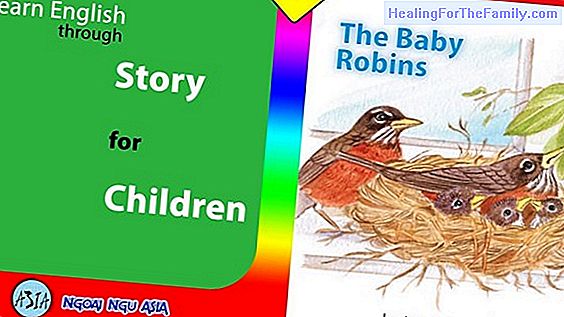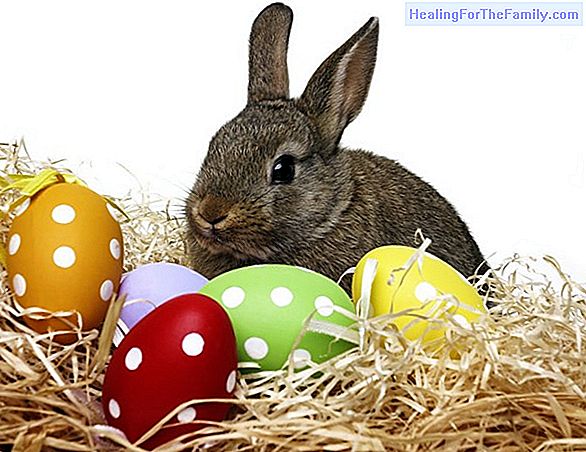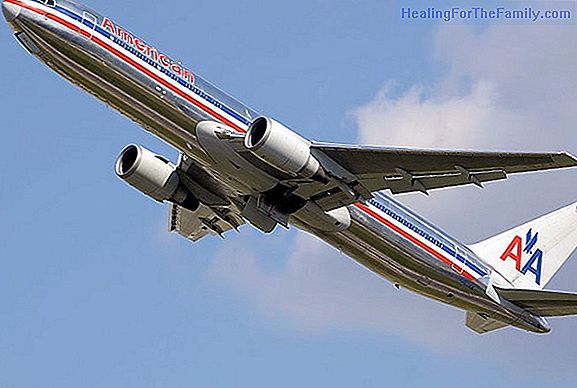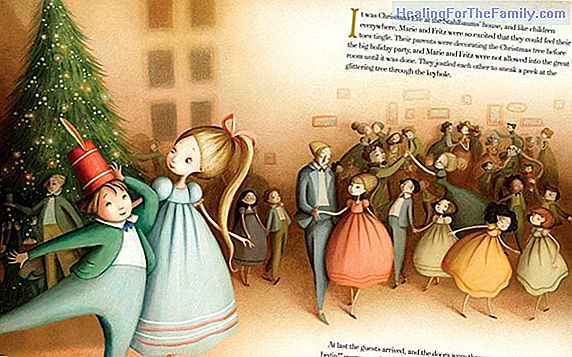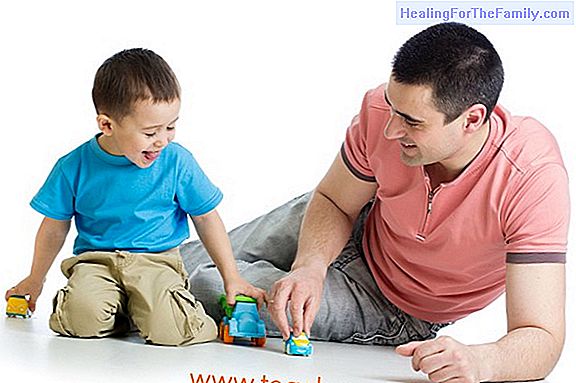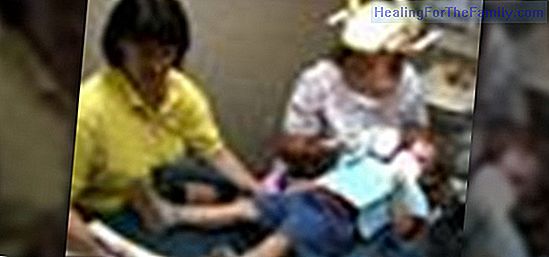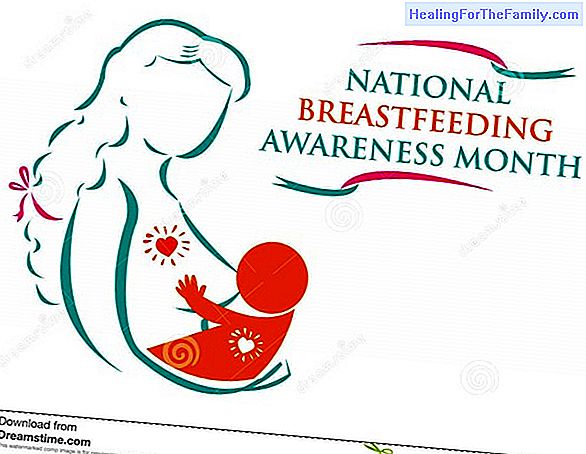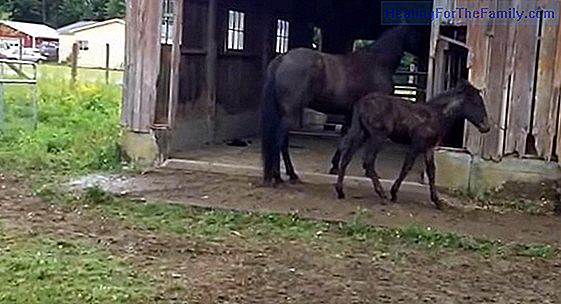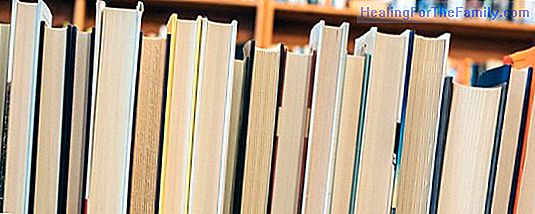Types of schizophrenia in childhood
Schizophrenia is a mental illness that affects the behavior and perception of reality by the affected person. There may be alterations in personality, isolation, hallucinations ... It is very rare in children, and very difficult to detect in the early stages. However, in exceptional cases, there may
Schizophrenia is a mental illness that affects the behavior and perception of reality by the affected person. There may be alterations in personality, isolation, hallucinations...
It is very rare in children, and very difficult to detect in the early stages. However, in exceptional cases, there may be symptoms that make 'suspect' that in the future the disease could develop. The first symptoms can appear after 6 years of age.
Types of childhood schizophrenia
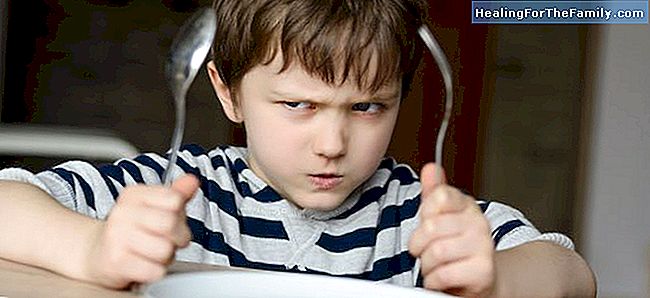
Not all schizophrenias are the same, nor do they evolve in the same way. Once the diagnosis is made, the professionals divide them into four:
- Paranoid:It is the most frequent schizophrenia. It is characterized by a predominance of delusions over the rest of the symptoms, in particular delusions related to persecution or supposed damage of other people or institutions towards the patient. The patient is suspicious, even irritable, avoids company, looks askance and frequently does not eat. When asked, he often eludes the answer with evasiveness. Hallucinations can occur, which generates much anguish and fear.
- Catatonic:It is much rarer than the previous forms and is characterized by motor alterations, either a persistent immobility and no apparent reason or agitation. A very typical symptom is the so-called automatic obedience, according to which the patient blindly obeys all the simple orders he receives.
- Hebefrénica:It is less frequent, and although false or delirious ideas can also occur, the fundamental thing is alterations in mood. This form of schizophrenia usually appears before the paranoid and is much more serious, with a poorer response to medication and a slower and more negative evolution.
- Indeferenciated:This diagnosis is applied to those cases that, being true schizophrenias, do not meet the conditions of any of the previous forms. It is usually used as a 'catch-all' in which those patients impossible to define are included.
Treatment of schizophrenia in children
Treatment of schizophrenic processes is usually reserved for the psychiatrist. It requires the use of medications that are difficult to use, both because of their limited effects and because of the amount of adverse reactions they can cause. In general, the aforementioned psychotic symptoms correspond to two large groups:
- Positive symptoms, or productive.Refers to behaviors or modes of thought that appear in the psychotic crisis, in an additive way (new behaviors are added to existing ones). They are delusions and hallucinations fundamentally. In this case the word "positive" has no favorable connotations; it simply means that 'something adds up or adds', and that 'something' (delusions, hallucinations) is not at all good.
- Negative symptoms, or own deterioration: capacities are reduced appearing signs of dullness or lack. Psychic disturbances, affective flattening, awkwardness in interpersonal relationships, worklessness ... are typical negative symptoms.
Well, the basic antipsychotic treatments (neuroleptics, electroshock) usually act more or less on positive symptoms. But we have nothing that acts brilliantly on the negatives. Only the use of some specific neuroleptics or antidepressants at low doses can be of some help. Its management requires a lot of care, because they can reactivate an acute phase of schizophrenia.Electroshock is reserved for cases of low response to neuroleptics, or for very disorganized situations with physical risks for the patient (self-injurious behaviors, for example). Its usefulness is limited only to the active phase, and only for positive symptoms.

